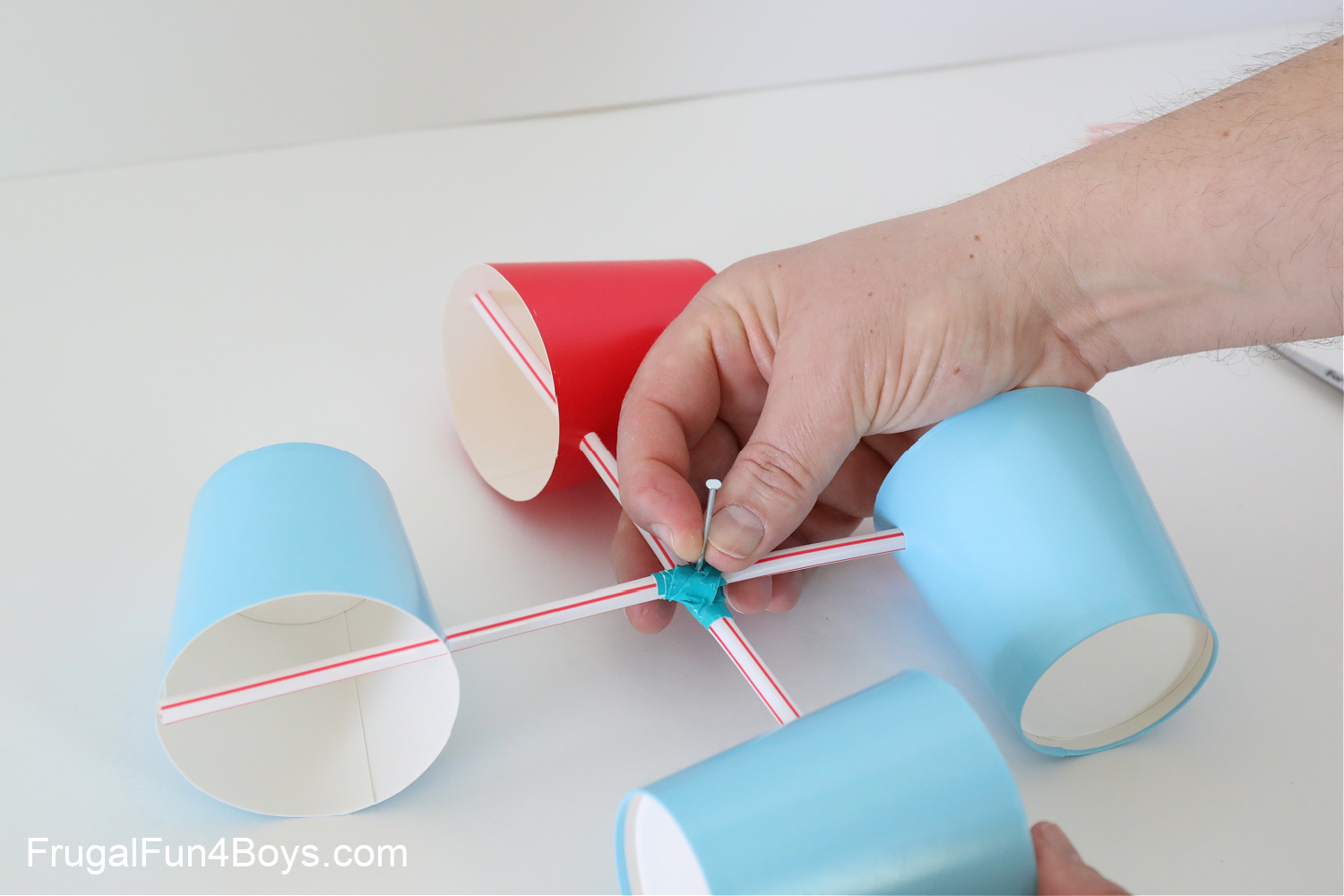Comprehending Different Kinds Of Anemometers for Different Applications
Checking Out the Features and Advantages of Anemometers for Climate Fanatics and Specialists
Anemometers stand as important tools in the realm of weather monitoring, accommodating both enthusiasts and seasoned specialists alike. These tools offer a home window right into the vibrant world of wind patterns and speeds, offering important data for atmospheric analysis and projecting. From cup anemometers to sonic anemometers, each type brings its special collection of applications and advantages, clarifying various facets of weather. As we explore the features and benefits of anemometers, a deeper understanding arises not only of dominating weather condition sensations yet likewise of the wider effects for fields like wind power production and environmental study.
Value of Anemometers in Weather Monitoring
Anemometers play a critical function in climate tracking by offering accurate dimensions of wind speed, helping in projecting and understanding climate patterns. These tools, varying from standard cup anemometers to modern-day ultrasonic anemometers, are essential for meteorologists, scientists, and weather lovers alike. By determining wind speed, anemometers aid in determining the strength of weather sensations such as tornados, hurricanes, and hurricanes. Furthermore, they provide useful information for air travel, maritime procedures, and numerous sectors that are sensitive to wind conditions.
Kinds Of Anemometers and Their Applications
The most usual kinds of anemometers include mug anemometers, vane anemometers, hot-wire anemometers, and ultrasonic anemometers. Cup anemometers are composed of three or 4 mugs installed on horizontal arms that rotate with the wind, determining its rate. Vane anemometers, on the various other hand, utilize an openly turning vane to straighten with the wind instructions, supplying both wind speed and direction dimensions.
Each type of anemometer has its one-of-a-kind advantages and applications. Mug anemometers are suitable and durable for basic climate monitoring, while vane anemometers are favored for directional measurements. Hot-wire anemometers are delicate to low air speeds, making them suitable for interior environments. Ultrasonic anemometers are non-intrusive and use high accuracy, often made use of in research and specialized weather tracking applications. Recognizing the qualities and applications of each kind of anemometer is critical for selecting the most suitable tool for specific climate keeping track of requirements.
Benefits of Using Anemometers in Forecasting
In meteorology, the use of anemometers supplies invaluable benefits for improving the accuracy of climate forecasting. Anemometers determine wind rate and direction, supplying essential data for forecasting climate patterns. By integrating wind information into forecasting models, meteorologists can better understand the activity of weather condition systems, expect changes in atmospheric problems, and concern a lot more precise projections.
In addition, anemometers play a crucial role in analyzing prospective weather threats. Checking wind speeds helps forecasters anticipate serious weather occasions such as typhoons, tornadoes, and winter months storms with better accuracy. This very early caution system enables authorities to release timely alerts and carry out required safety and security steps, minimizing the dangers to life and residential or commercial property.
In addition, anemometers assist in maximizing sustainable power production. By analyzing wind patterns, meteorologists can determine ideal places for wind ranches and predict energy result, adding to the effective generation of wind power.

Anemometers in Wind Energy Production
Provided the critical role anemometers play in offering precise wind information for climate forecasting and danger analysis, their relevance extends to the realm of wind power manufacturing. Anemometers are important instruments in the area of wind power, where the dimension of wind speed and instructions is essential for establishing the expediency and effectiveness of wind generator setups. By properly gauging wind rates at differing elevations, anemometers assist enhance the placement and style of wind turbines to make the most of power outcome.
In wind farms, anemometers are tactically put to collect real-time wind information that is used to evaluate the potential energy look at this website manufacturing of a website. This data contributes in determining the financial feasibility of wind energy jobs and in projecting power generation to make certain grid stability. Furthermore, anemometers aid in checking wind conditions to maximize wind turbine performance, prevent damages from high winds, and make certain the safety and security of employees operating in the area of wind turbines.
Enhancing Climate Recognizing With Anemometers

Anemometers play a vital role in boosting our address understanding of microclimates. These local climate problems can vary considerably from broader local projections, making it necessary to have exact information for particular areas. anemometer. By strategically positioning anemometers in different locations, scientists can collect in-depth info on exactly how wind behaves in various terrains, city settings, or bodies of water
Furthermore, anemometers add to enhancing weather projecting versions by giving real-time information on wind actions. This information is specifically valuable for anticipating severe weather occasions, maximizing farming practices, and supporting sectors like aeronautics and maritime navigation. Overall, anemometers are invaluable instruments that allow us to delve much deeper into the intricacies of weather systems, inevitably causing even more better-informed choices and exact forecasts.
Conclusion
In conclusion, anemometers play a critical function in weather condition tracking and forecasting by measuring wind speed and instructions. Anemometers additionally have applications in wind power manufacturing, additional highlighting their significance in both meteorology and sustainable energy markets.
From cup anemometers to sonic anemometers, each kind brings its unique collection of applications and benefits, shedding light on different aspects of climatic problems. These tools, varying from traditional mug anemometers to modern ultrasonic anemometers, are necessary for meteorologists, scientists, and climate fanatics alike. The most usual types of anemometers include cup anemometers, Full Article vane anemometers, hot-wire anemometers, and ultrasonic anemometers. Cup anemometers are suitable and durable for basic climate surveillance, while vane anemometers are favored for directional dimensions. Anemometers are essential instruments in the area of wind energy, where the measurement of wind rate and direction is vital for identifying the feasibility and efficiency of wind generator setups.